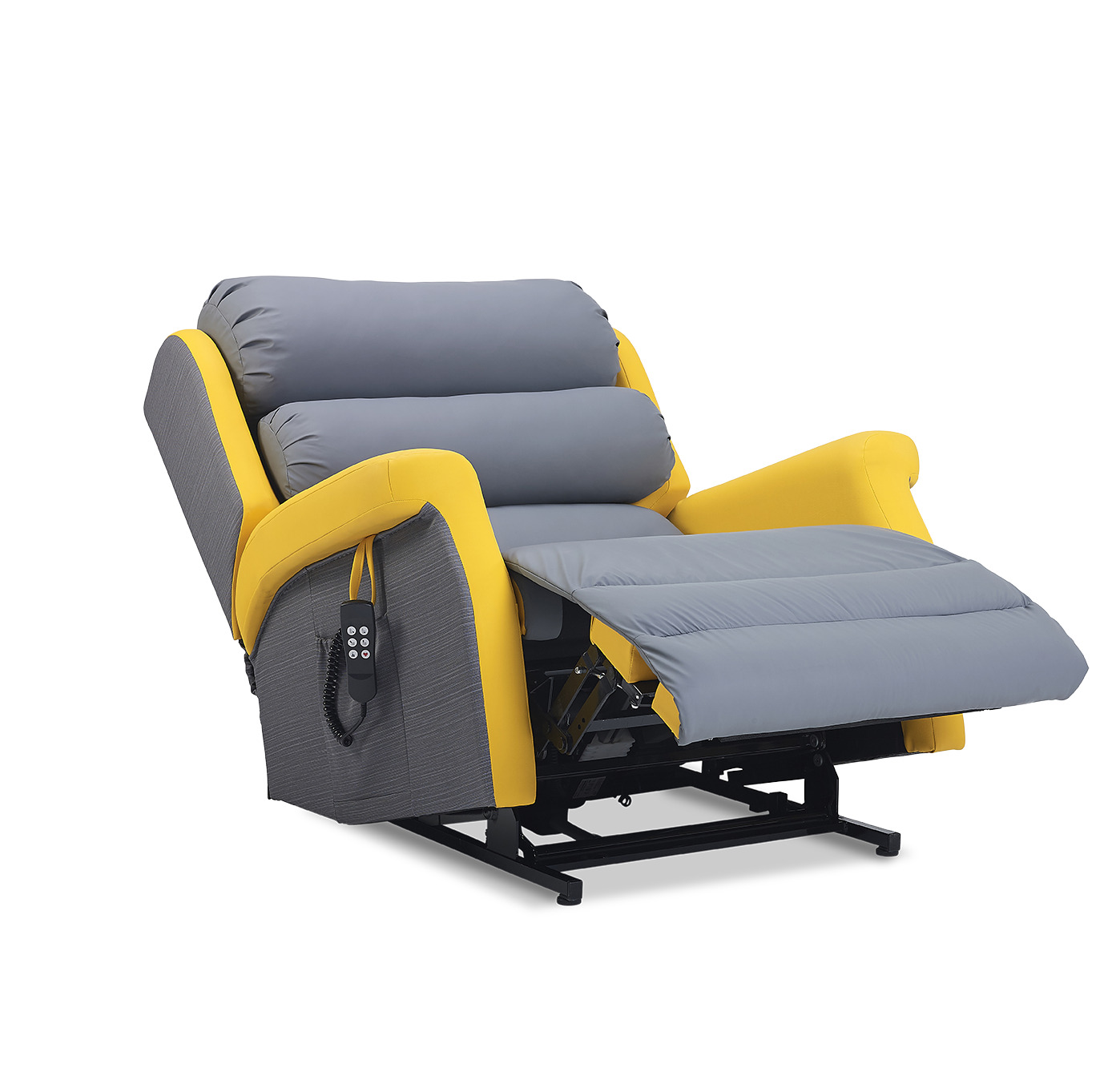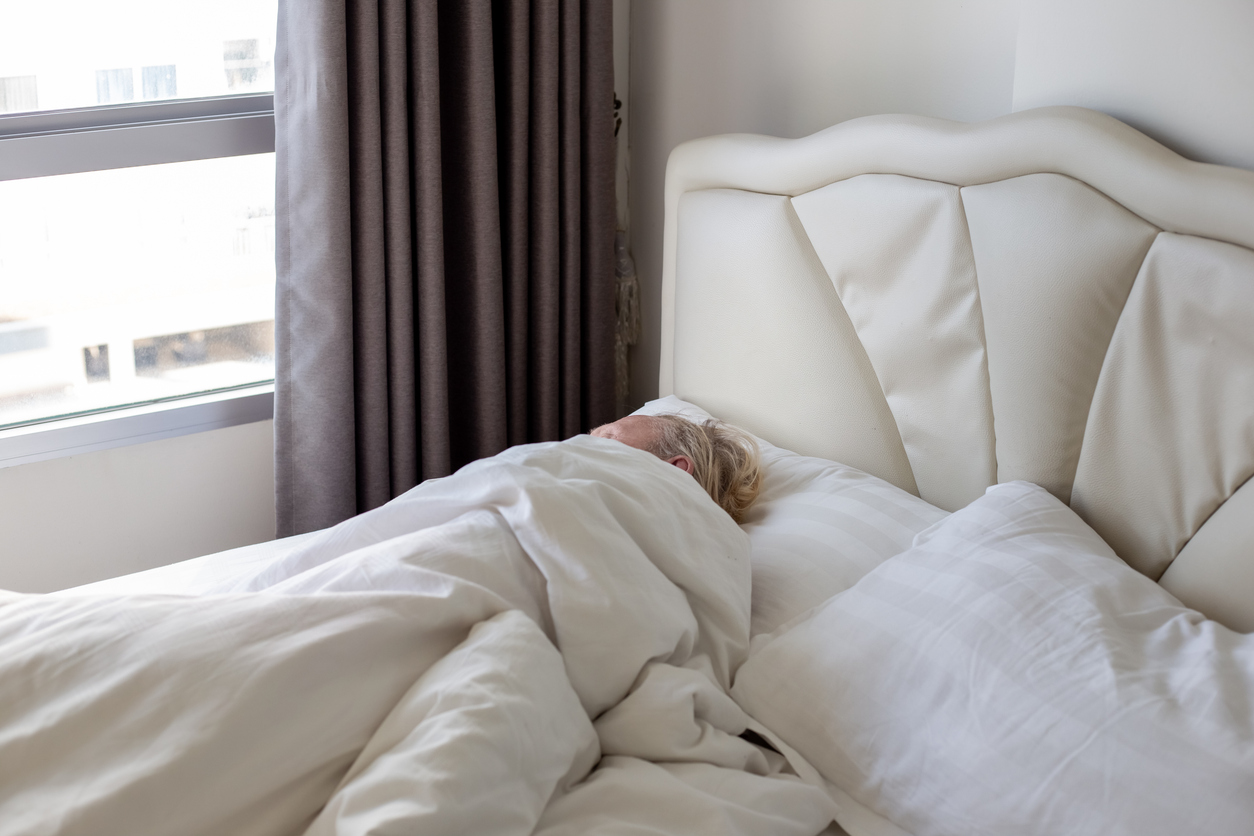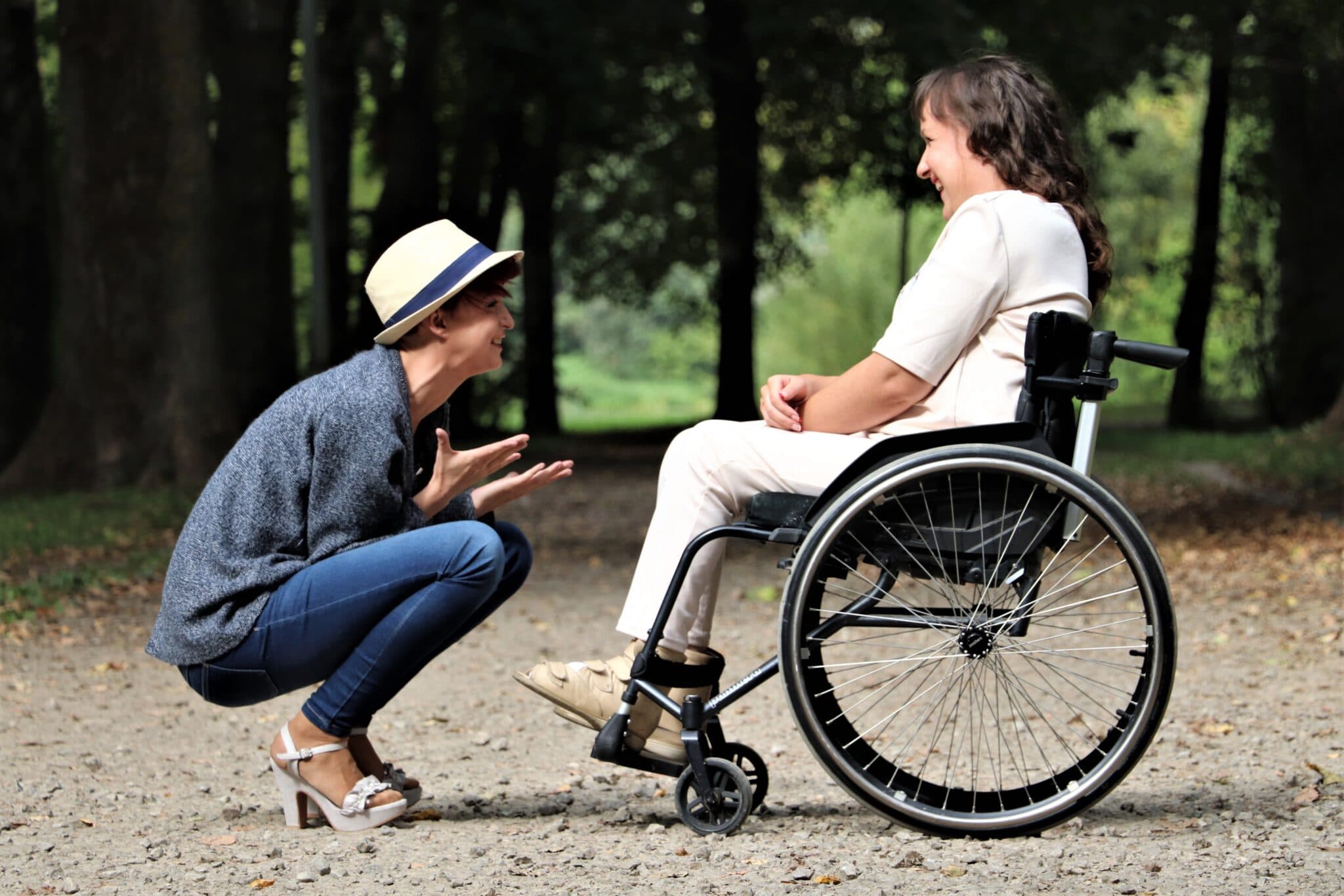Finding the Best Chair for Limited Mobility
Social Links
Kick back. Take a load off. Put your feet up.
Sitting down is synonymous with comfort. But we’ve all known times when the sofa turns from friend to foe – when numbness sets in, the shuffling starts and sitting becomes a profoundly uncomfortable experience.
This can be especially true for people with mobility issues, who tend to spend prolonged periods sitting down. Certain chairs encourage slouching – worsening orthopaedic conditions – while sitting in the same position for too long can lead to pressure sores, numbness, and aches and pains. And that’s before we’ve even addressed the issues that arise in the process of standing up.
People with limited mobility deserve furniture that suits their needs: chairs that safeguard their wellbeing while ensuring they can relax in comfort.
That said, choosing the right mobility chair can prove a daunting task. From size, mechanism or motor function to upholstery, fabric and colour, there are many features to consider before making a purchase.
Here at The Mobility Furniture Company, we’re committed to helping you find a chair that suits your specific needs. Read on, as we break down everything you need to know about mobility chairs.
What is a mobility chair?
A mobility chair is a seating solution that eases strain and boosts comfort for people suffering from mobility issues and some health conditions.
Our riser recliner chairs allow users to shift their seating position with a press of a button, ensuring that people with limited mobility can remain comfortable while being seated for long periods.
Whether you want to sit up straight to chat, lean back and watch some TV, or need a little extra help getting up, our mobility chairs have a position to suit your every need and are designed with your safety and comfort in mind moving forward.
Who are mobility chairs for?
Mobility chairs are an especially effective seating solution for people suffering a loss of mobility – whether that be due to an underlying condition, injury, disability or simply the natural effects of ageing.
While mobility issues affect people of all ages, they are especially common in elderly people. A recent study suggested that 41% per cent of adults aged 65–79 years had some form of mobility issue.
Our riser recliner chairs are some of the most comfortable available anywhere which is why people with excellent mobility choose them too. Who wouldn’t want to put their feet up while having a cup of coffee?
Choosing the right mobility chair
1. Mechanism and adjustability
Here at The Mobility Furniture Company, our riser recliner chairs work with different chair mechanisms. Understanding their range of movement will help you to choose a chair that best suits your needs.
Single Motor 2 Way Tilt in Space chairs let users elevate their legs without changing the angle of their back. The chair can rise and tilt for ease of standing – and is controlled by a two-button handset.
Single Motor 3 Way chairs adopt a conventional recliner action where the angle between the back and seat increases as the chair reclines. It can rise and tilt for ease of standing – and is controlled by a two-button handset.
Single Motor Wall Hugger chairs offer an ideal seating solution for people with limited space. The chairs slide forward as they recline backwards, meaning that chairs can be positioned as close as 6 inches from the wall and still recline perfectly.
Dual Motor chairs make use of a separate motor to control the footrest, which allows for greater flexibility and gives users more control in finding their ideal position. These chairs can rise to a near-standing position, so it is easier to get in and out of the chair. Depending on the specific mechanism, the handset has four, five or six buttons.
Dual Motor Tilt in Space chairs feature one motor for the footrest and another for the backrest – which gives users increased flexibility and allows for high leg elevation. These chairs can rise and tilt to a standing position and are controlled with a four-button handset.
2. Dimensions
Before choosing a mobility chair, you’ll want to take a few measurements. We are more than happy to come to your home to do this for you (a free service that does not mean you have to buy a chair from us).
If you want to take your measurements instead, bear in mind that the chair will need enough space to recline – but it is equally important that the chair is the right size for the user. Your feet should be able to touch the floor from the sitting position, while the seat depth should be sufficient to support the length of the upper leg. The seat width should allow for at least 2cm on either side of the backside, while the back height should be sufficient to support the back of your head.
If you feel nervous or unsure about taking these measurements yourself, our team of specialists are just one phone call away, contact us today.
3. Comfort
You’re going to spend plenty of time sitting in your mobility chair so it’s imperative that it is comfortable. We always recommend a trial sit of 10 minutes, to ensure you are comfortable in the chair.
At The Mobility Furniture Company, we design your chair with your personal needs in mind. For example, when it comes to armrests, some users may prefer to add wooden knuckles for support when standing up, while others might prefer extra padding for additional comfort.
Think carefully about the kind of upholstery that suits you in terms of both comfort and style. We offer over 500 options, including specialist fabrics for the healthcare market. Little extras are available too, from heated seats to massage functions. When it comes to comfort, our expert team has thought of literally everything.
4. Care and Maintenance
As your mobility chair is likely to be in use for the majority of the day, it is advisable to choose a chair that is easy to clean. Our extensive upholstery range includes fabrics that are washable, breathable and wipe cleanable. We recommend steering clear of vinyl upholstery as it can cause sweating, which can make the surface slippery.
5. Support
The mobility chair you choose should provide sufficient support in the areas that you need. The right chair is a great way to reduce symptoms of some health conditions, improve mobility and sleep, and better your overall quality of life. The best way of ensuring that your chair correctly supports you is to speak to one of our team, who can arrange for an expert to visit your home… a free service that puts you under no obligation to buy.
If you have any queries or would like to request our free brochure, do not hesitate to get in touch with us at the Mobility Furniture Company.
*This website contains general medical information. The medical information is not advice and should not be treated as such. Read our full Medical Disclaimer here.



